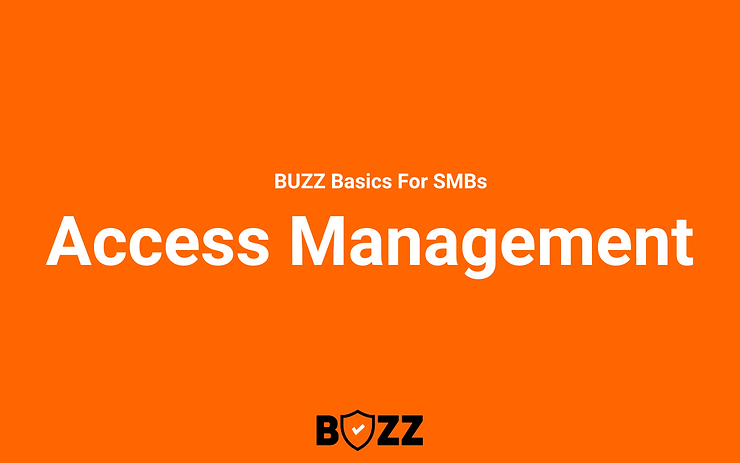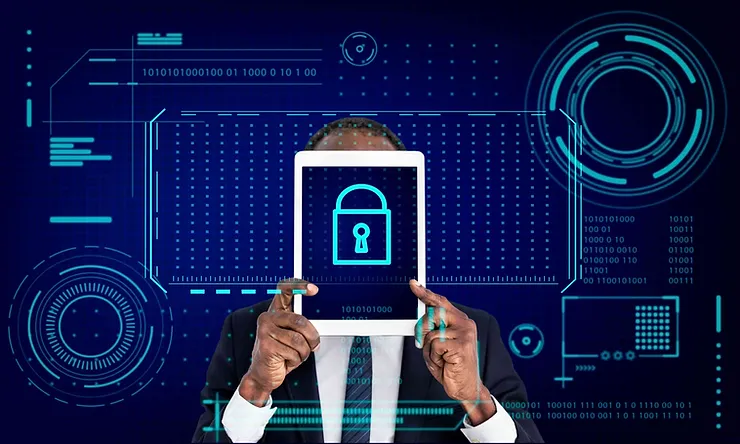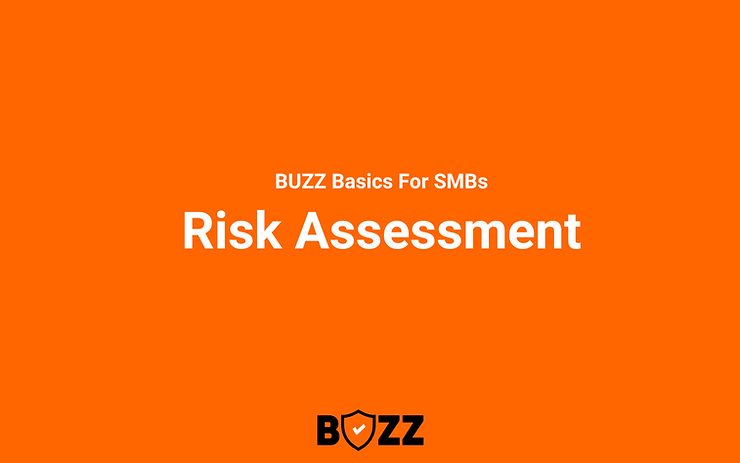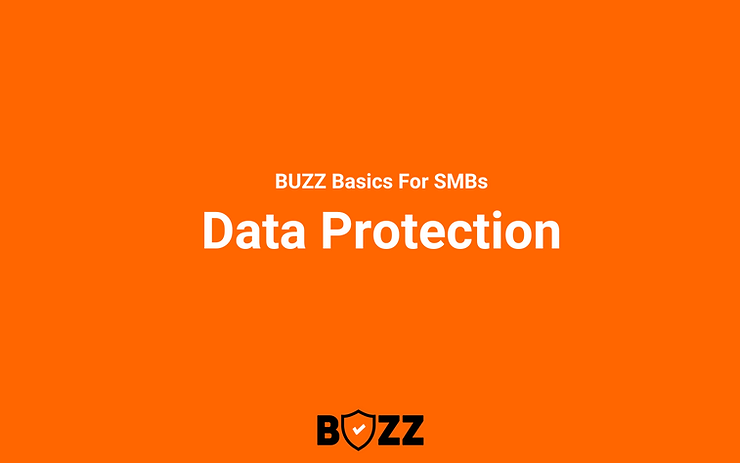Do you know what identity and access management is and why it is crucial for your business? If not, you are missing out on a powerful way to protect your data streamline your operations, and enhance your customer experience.
According to a report by IBM, the average cost of a data breach in 2023 was $4.45 million, the highest in 17 years. Moreover, 80% of these breaches involved compromised or stolen credentials. This shows how important it is to have a robust identity and access management (IAM) system in place to prevent unauthorized access and safeguard your sensitive information.
In this blog, we will explain:
- What is IAM?
- How does it work?
- What are its components?
- And finally, how BUZZ can be of help to you?
We will also discuss the benefits of privileged access management (PAM), a subset of IAM that deals with high-risk accounts and resources. By the end of this blog, you will have a clear understanding of how IAM can help you improve your business security and efficiency.
What Exactly is Access Management?
Access management is the process of granting or denying access to specific resources or services based on predefined policies and rules. Access management helps businesses control who can access what, when, where, and how.
For example – access management can ensure that only authorized employees can access confidential files or that customers can only access their own accounts and data.
Access management is essential for businesses of all sizes and industries, as it helps them:
- Protect their data and assets from unauthorized access, theft, or misuse.
- Comply with regulatory and legal requirements, such as GDPR, HIPAA, PCI-DSS, etc.
- Reduce operational costs and complexity by eliminating redundant or unnecessary access rights.
- Improve user experience and satisfaction by providing seamless and secure access to the services they need.
What is Identity Management?
Identity management is the process of creating, managing, and verifying the identities of users and devices that access a system or network. Identity management helps businesses establish the identity of each user and device and assign them unique identifiers, such as usernames, passwords, tokens, biometrics, etc.
Identity management is vital for businesses of all sizes and industries, as it helps them:
- Enhance their security and trust by verifying the identity of each user and device before granting access.
- Streamline their authentication and authorization processes by using single sign-on (SSO), multi-factor authentication (MFA), role-based access control (RBAC), etc.
- Increase their productivity and efficiency by automating identity lifecycle management, such as provisioning, de-provisioning, updating, etc.
- Personalize their user experience and engagement by providing customized services and offers based on user preferences and behavior.
What is Identity and Access Management in Cyber Security?
Identity and access management (IAM) is the combination of identity management and access management. IAM is a comprehensive framework that enables businesses to manage the identities and access rights of their users and devices across multiple systems and platforms.
IAM is a key component of cyber security, as it helps businesses protect their data and resources from unauthorized or malicious access.
To illustrate the importance of IAM in cyber security, let there be a businessman named John.
“John does not use an IAM tool for his online store. John has a simple username and password for his admin account, which he uses to manage his inventory, orders, and payments, etc. He also has several employees who have access to different parts of his store, such as customer service, marketing, accounting, etc.
One day, John receives an email from a hacker who claims to have hacked his admin account and demands a ransom to release it.
John is shocked and confused, as he does not know how the hacker got his credentials. He tries to log in to his store, but he finds that his password has been changed. He also notices that his inventory has been tampered with, his orders have been canceled, his payments have been diverted, and his customers have been spammed with malicious links.
John realizes that he has been a victim of a data breach, and that his business is in jeopardy. He wonders how he could have prevented this from happening, and what he can do to fix it.”
If John had used an IAM tool, he could have avoided this situation by:
- Using strong and unique passwords for his admin account and changing them regularly.
- Enabling MFA for his admin account and requiring it for any sensitive actions.
- Implementing RBAC for his employees and granting them the minimum access rights they need to perform their tasks.
- Monitoring and auditing the activities and logs of his users and devices to detect any suspicious or anomalous behavior.
- Using SSO to simplify and secure access to his store and other third-party services he uses.
By using an IAM tool, John could have improved his security posture and reduced his risk of data breach. However, since he did not have an IAM tool, he had to face the consequences of the hacker’s attack.
John learned a valuable lesson from the data breach and realized the importance of having an IAM tool for his business.
What are the components of Identity and Access Management?
The basic components of IAM are:
Identification
The process of collecting and verifying the information that uniquely identifies a user or device, such as name, email, phone number, etc.
Authentication
The process of verifying the identity of a user or device by using one or more factors, such as password, PIN, fingerprint, face recognition, etc.
Authorization
The process of granting or denying access to specific resources or services based on the identity, role, and permissions of a user or device.
Account management
The process of creating, updating, deleting, and managing the accounts and credentials of users and devices.
Directory service
The service that stores and organizes the information and attributes of users and devices, such as name, email, phone number, role, permissions, etc.
Audit and compliance
The process of monitoring, logging, and reporting the activities and events of users and devices, such as login, logout, access, change, etc., to ensure compliance with security policies and regulations.
So, What Does BUZZ Bring To the Table?
BUZZ is your fractional security architect. We offer comprehensive InfoSec solutions at every stage of your company’s growth. Identity and access management is one of the most crucial aspects of your business. We provide in-depth audit and security assessments to provide sustained security.
With decades of experience, our hands-on approach ensures sustainable security solutions. We focus on secure architecture, data protection, incident handling, and access management, all designed with your objectives in mind.
Conclusion
Identity and access management (IAM) is a vital component of cyber security that helps businesses protect their data and resources from unauthorized or malicious access.
IAM also helps businesses improve their efficiency and productivity by streamlining and automating their identity and access management processes.
Moreover, IAM enhances the user experience and satisfaction by providing seamless and secure access to the services they need.
However, not all IAM is not as easy as it sounds. Through proper guidance, you can achieve your IAM security goals. BUZZ is a new-age cybersecurity solution that helps you understand the factors responsible for the breach and how we can help you mitigate loopholes.
“At BUZZ, we help you understand how to secure and simplify your access to your cloud and on-premise applications and services, manage and automate your identity lifecycle and provisioning processes, enforce granular and dynamic access policies based on context and risk, protect your privileged accounts and resources from unauthorized or malicious access, and comply with the latest security standards and regulations, such as GDPR, SOC-2, PCI-DSS, etc.”
If you want to learn more about how BUZZ can help you improve your identity and access management, you can reach out to us at [email protected], visit our LinkedIn, or connect with us here.
Frequently Asked Questions
Here are some of the questions that people also ask about IAM:
A. Identity management is the process of creating, managing, and verifying the identities of users and devices that access a system or network. Access management is the process of granting or denying access to specific resources or services based on predefined policies and rules. IAM is a combination of identity management and access management.
A. IAM helps businesses protect their data and resources from unauthorized or malicious access, comply with security and regulatory standards, reduce operational costs and complexity, improve user experience and satisfaction, and increase productivity and efficiency.
A. Some of the best practices for IAM are:
Use strong and unique passwords and change them regularly
Enable multi-factor authentication for all users and devices
Implement role-based access control and conditional access policies
Manage and secure privileged accounts and resources with PAM features
Monitor and audit user and device activities and events
A. Some of the challenges of IAM are:
- Managing the increasing number and diversity of users and devices
Integrating with multiple applications and services across different platforms and device
- Balancing security and convenience for users and devices
- Keeping up with the evolving security threats and regulations
A. Some of the trends and innovations in IAM are:
-
Cloud-based and cloud-native IAM solutions
-
Artificial intelligence and machine learning capabilities
-
Biometric and behavioral authentication methods
-
Blockchain and decentralized identity solutions
-
Zero-trust and passwordless access models









